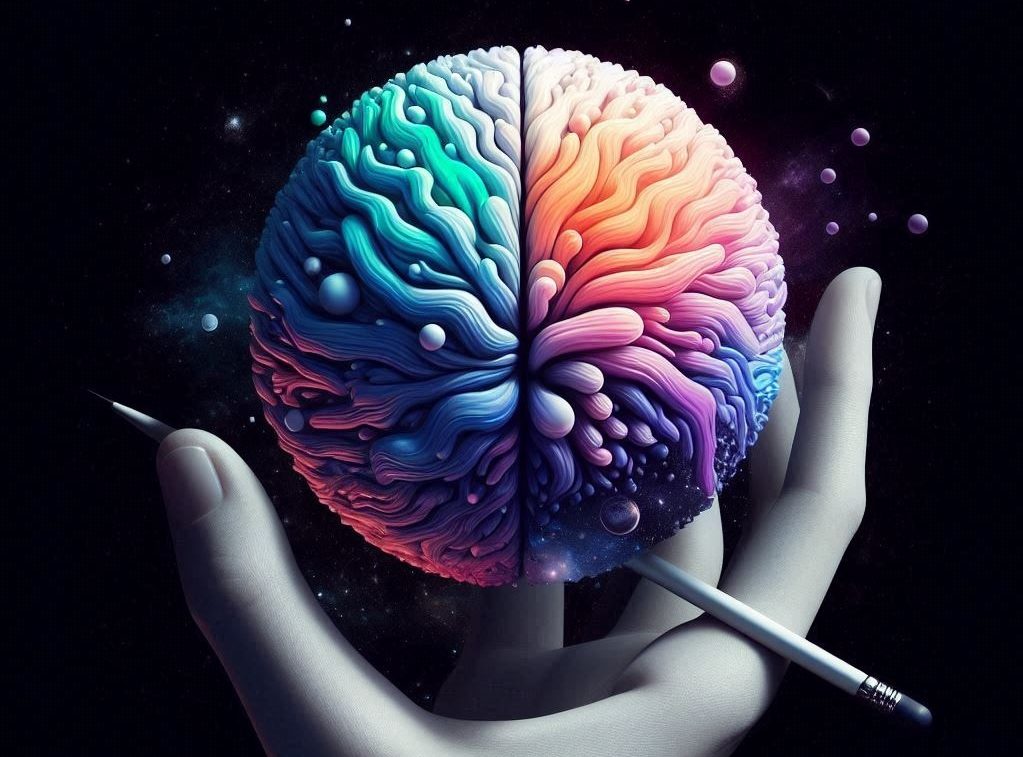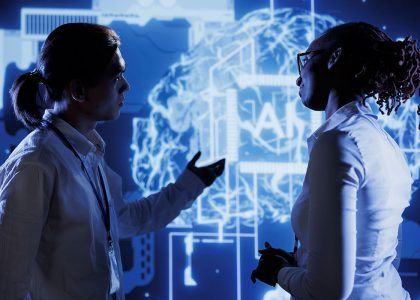As artificial intelligence (AI) continues to advance, one area stands out as a game-changer for the way we connect and interact: language processing. By bridging the gap between humans and machines, language processing technologies are revolutionizing communication across industries, cultures, and boundaries. In this article, we’ll explore how language processing works, its transformative impact, and what the future holds for this groundbreaking innovation.
What Is Language Processing?
Language processing refers to the ability of machines to understand, interpret, and generate human language. This is made possible through technologies like Natural Language Processing (NLP) and machine learning, which analyze language patterns, grammar, and context to facilitate seamless communication.
How It Works:
- Data Analysis: AI systems are trained on vast datasets of text to recognize patterns in language.
- Understanding Context: Beyond individual words, language processing models grasp the meaning of sentences, tone, and intent.
- Generating Responses: AI uses its learning to craft coherent and contextually appropriate replies, mimicking human interaction.
Transforming Communication Across Industries
The applications of language processing are vast, with significant impacts in various fields:
1. Business and Customer Service
- Chatbots and Virtual Assistants: Tools like AI-powered chatbots are revolutionizing customer service by offering instant, 24/7 support.
- Sentiment Analysis: Businesses can analyze customer feedback to improve products and services by understanding the emotions behind reviews.
2. Healthcare
- AI-powered tools assist in documenting medical records, understanding patient queries, and translating complex terminology into simple language.
3. Education
- Language processing enhances e-learning platforms with personalized tutoring and real-time language translation for global learners.
4. Translation and Cross-Cultural Communication
- Real-time translation technologies powered by AI make it easier to bridge language barriers, fostering global collaboration and understanding.
The Role of AI in Enhancing Human Connection
One of the most promising aspects of language processing is its potential to deepen human connection. By enabling machines to understand nuances like tone, cultural context, and emotional intent, AI fosters more meaningful interactions. For instance:
- Accessibility: Voice recognition and text-to-speech tools empower individuals with disabilities to communicate more easily.
- Cultural Sensitivity: AI adapts language usage to align with cultural norms, ensuring respectful communication.
Challenges and Ethical Considerations
While the potential of language processing is immense, challenges remain:
1. Bias in AI
- AI models can inadvertently inherit biases present in training data, leading to inaccuracies or inappropriate outputs.
2. Privacy Concerns
- Handling sensitive language data responsibly is crucial to maintaining user trust.
3. Authenticity
- Striking a balance between machine-generated communication and human authenticity is an ongoing challenge.
Addressing these challenges requires transparency, responsible AI development, and collaboration between technologists and ethicists.
The Future of Language Processing
What’s next for language processing? The possibilities are as exciting as they are transformative:
1. Conversational AI 2.0
- Future AI systems will deliver even more nuanced, context-aware, and human-like interactions.
2. Universal Translators
- Advancements in real-time translation technology could eliminate language barriers, creating a truly global communication platform.
3. Emotion-Aware AI
- AI models will evolve to interpret emotions with precision, enabling empathetic and sensitive responses in human-AI interactions.
4. Creative Collaboration
- From co-authoring books to crafting lyrics, AI will become a creative partner in language-driven endeavors.
The Dawn of a New Era
Language processing is not just reshaping communication—it’s redefining it. As AI continues to evolve, we are on the brink of a new era where humans and machines collaborate seamlessly, breaking down barriers and unlocking unprecedented opportunities. By embracing this technology responsibly, we can harness its full potential to create a future where communication knows no bounds.






